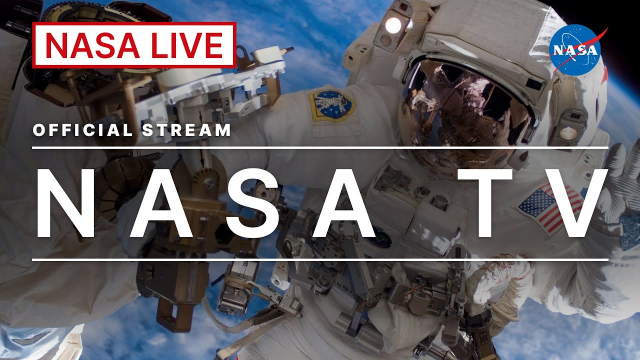Now on youtube.com/watch?v=21X5lGlDOf… - belatedly - an #Artemis I update!

NASA Live: Official Stream of NASA TV
Direct from America's space program to YouTube, watch NASA TV live streaming here to get the latest from our exploration of the universe and learn how we dis...YouTube
Daniel Fischer
in reply to Daniel Fischer • • •Daniel Fischer
in reply to Daniel Fischer • • •Daniel Fischer
in reply to Daniel Fischer • • •Billy Cairns, Chad... - NASA's Exploration Ground Systems
NASA's Exploration Ground Systems (www.facebook.com)Daniel Fischer
in reply to Daniel Fischer • • •Artemis I
NASA Johnson (Flickr)Daniel Fischer
in reply to Daniel Fischer • • •Quarto workshop utenti del Portale ASI “Distretto Virtuale” – Quadrante Centro Italia
Manuela Proietti (Agenzia Spaziale Italiana)Daniel Fischer
in reply to Daniel Fischer • • •On flight day 3, NASA's flight... - NASA’s Orion Spacecraft
NASA’s Orion Spacecraft (www.facebook.com)Daniel Fischer
in reply to Daniel Fischer • • •Artemis I – Flight Day Four: Testing WiFi Signals, Radiator System, GO for Outbound Powered Flyby – Artemis
blogs.nasa.govDaniel Fischer
in reply to Daniel Fischer • • •Artemis I – Flight Day Five: Orion Enters Lunar Sphere of Influence Ahead of Lunar Flyby – Artemis
blogs.nasa.govDaniel Fischer
in reply to Daniel Fischer • • •Approaching the Moon
FlickrDaniel Fischer
in reply to Daniel Fischer • • •Artemis I Close Flyby of the Moon
YouTubeDaniel Fischer
in reply to Daniel Fischer • • •Daniel Fischer
in reply to Daniel Fischer • • •Artemis I Moon
esa.int